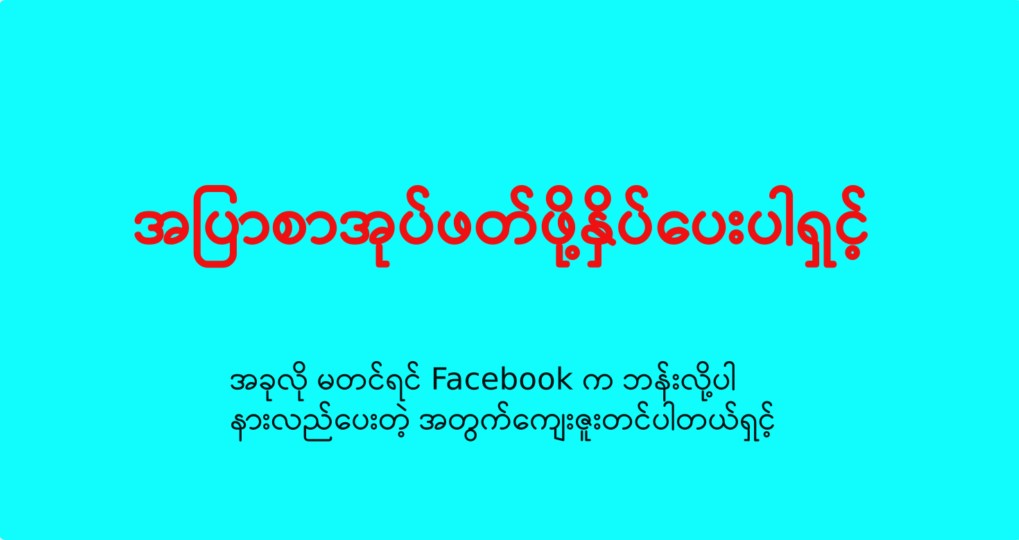
In the world of education, data is no longer just a tool for tracking student performance; it has become a vital resource for making informed decisions that enhance learning experiences and outcomes. Data-driven decision-making is revolutionizing how educational institutions approach teaching, learning, and student success. By leveraging data, educators and administrators can tailor their approaches to meet the unique needs of each student, optimize teaching methods, and improve overall educational quality. This post delves into how data-driven decisions are reshaping education and leading to better learning outcomes.
What is Data-Driven Decision Making?
Data-driven decision-making (DDDM) refers to the process of using data, analytics, and evidence to guide and influence decisions within an educational setting. This approach involves collecting data from various sources—such as student assessments, attendance records, participation levels, and engagement metrics—and analyzing it to derive actionable insights. These insights then inform decisions on curriculum design, teaching methods, student support strategies, and institutional policies.
How Data Enhances Student Learning
Data offers a wealth of insights that can directly impact student learning. By analyzing data collected from a variety of sources, educators can gain a deeper understanding of student progress, strengths, and areas that need improvement. Here are some key ways data enhances student learning:
1. Personalized Learning Paths
Data allows for the creation of personalized learning paths that cater to the individual needs of students. By tracking students’ learning styles, progress, and areas of struggle, educators can adjust lesson plans, assignments, and instructional methods to match each student’s pace and abilities. This ensures that every student receives the support they need to succeed.
2. Early Identification of Struggling Students
Data enables early identification of students who may be at risk of falling behind. By monitoring factors such as grades, participation rates, and engagement with course materials, educators can spot signs of academic distress early on. This proactive approach allows for timely intervention, offering struggling students the help they need before problems become critical.
3. Real-Time Feedback
One of the greatest advantages of using data in education is the ability to provide real-time feedback. Educators can track student progress on assignments and exams as they happen, offering immediate insights into areas where students are excelling or struggling. Real-time feedback empowers students to make adjustments to their learning strategies and stay on track toward their academic goals.
Optimizing Teaching Methods with Data
The shift to a more data-informed educational approach is not only about improving student outcomes but also about enhancing teaching methods. Educators can use data to refine their teaching strategies and make informed decisions about their pedagogy. Here’s how data is transforming teaching practices:
1. Tailoring Instructional Strategies
Data allows teachers to analyze trends and patterns in student performance, helping them adjust their instructional strategies to be more effective. For instance, if a large portion of the class is struggling with a particular concept, the teacher can revisit the topic using different methods, such as hands-on activities or interactive multimedia.
2. Assessing the Effectiveness of Teaching Tools
By analyzing student engagement with various teaching tools (e.g., videos, quizzes, group activities), educators can determine which methods and resources are most effective for student learning. This helps in refining the teaching toolkit, ensuring that only the most effective resources are used in the classroom.
3. Professional Development and Teacher Support
Data can also highlight areas where educators may need further support or professional development. For example, if students consistently perform poorly in a subject area, this might indicate that the teacher needs additional training or resources to better teach that material. Data-driven insights can guide targeted professional development initiatives for teachers.
Institutional Benefits of Data-Driven Decisions
The benefits of data-driven decisions extend beyond the classroom and impact the institution as a whole. Educational leaders and administrators can use data to make informed decisions that improve the overall quality of education, institutional efficiency, and student success rates.
1. Curriculum Development
Educational institutions can use data to continually refine and enhance their curriculum. By tracking student performance across various subjects, schools can identify which areas of the curriculum need improvement or revision. Additionally, data can help determine which courses are most popular or in demand, guiding the development of new programs that align with student interests and workforce trends.
2. Resource Allocation
Data provides insights into how resources—such as time, funding, and staffing—are being used and whether they are being utilized effectively. For example, if data shows that certain programs or departments are experiencing high student demand, institutions can allocate more resources to those areas to ensure continued success. Conversely, underperforming areas can be reassessed or given additional support.
3. Improving Student Retention Rates
Data analytics can help institutions better understand the factors contributing to student dropouts or low retention rates. By analyzing student data, including academic performance, attendance patterns, and engagement levels, institutions can implement targeted retention strategies. Early intervention and tailored support systems increase the likelihood of students staying enrolled and successfully completing their programs.
Ethical Considerations in Data Use
While the benefits of data-driven decision-making are clear, it is essential to address the ethical considerations surrounding the use of student data. Privacy and security are paramount when handling personal information, and educational institutions must ensure that data is used responsibly.
1. Protecting Student Privacy
Institutions must adhere to strict privacy regulations and ensure that student data is kept confidential. Data should be anonymized where possible, and students should be informed about how their data will be used and for what purposes.
2. Ensuring Fairness and Equity
Data-driven decisions should be made with fairness and equity in mind. It’s important to avoid bias in the data collection process and ensure that all students, regardless of their background, have equal access to educational opportunities. Bias mitigation strategies should be implemented to ensure that data-driven decisions do not unfairly disadvantage certain groups of students.
Conclusion: The Future of Education is Data-Driven
Data-driven decision-making is quickly becoming an integral part of the education landscape. From personalized learning to optimized teaching methods and institutional improvements, data offers valuable insights that can enhance every aspect of the educational experience. By leveraging data, educators can make more informed decisions, improve learning outcomes, and ensure that students are better equipped to succeed in the ever-evolving world.



Leave a Reply